The breeze blossoms with the scent of fresh flowers, and the season beckons just one thing: A garden tea party.
Darling recently had the opportunity to take part in a true “High Tea” experience, which is held three times a day in The Living Room at The Peninsula in Beverly Hills. Since this time of year can bloom (pun intended) with special occasions — birthdays, bridal showers, baby showers, you name it — we also chatted with Peninsula’s pastry chef, Stephanie Boswell, to get the behind-the-scenes details on how you can recreate your own High Tea for whatever you’re celebrating next.
Below Stephanie’s sharing everything from how she began baking to what is proper tea brewing etiquette, so pull up a chair and get ready to put the kettle on.
Darling Magazine: How did you get your start in the pastry business?
Stephanie: I actually started out wanting to be a butcher! I thought specializing in pastry was too cliché. “Girls do pastry” kind of thing, you know? It wasn’t until I apprenticed under one of the most talented pastry chefs I have had the honor of knowing that I grew to love it. I realized pastry was the perfect blend of art and science that I had been searching for in my life.
DM: Did you encounter any specific challenges as a woman in this industry?
Stephanie: There are challenges for everyone in this industry. I try not to focus on myself when I’m creating so that I can let the food be my representation. Male or female doesn’t really matter in a kitchen, the food is what matters.
DM: You’ve made some truly delicious treats, including a banana coconut macaron and cilantro-infused lollipop. What inspires your creations?
Stephanie: I find inspiration everywhere it seems! I’ve gotten ideas for desserts everywhere from 7/11 to Bangkok, Thailand. Sometimes just the colors in paintings or a piece of music will inspire a plate. Flavors are tied to every other sense, so every experience can become a new flavor. The challenge for me is to try to communicate my experiences to our guests thru food.
Male or female doesn’t really matter in a kitchen, the food is what matters.
DM: Baking isn’t as forgiving as some other culinary endeavors. How do you learn from failures in the kitchen?
Stephanie: I find that oftentimes you learn as much, if not more, from mistakes! Learning what not to do is incredibly valuable.
DM: What advice would you give to a novice baker?
Stephanie: Hard work and a good attitude will get you everywhere in the kitchen! Don’t sweat the mess ups and don’t shy away from doing things that may seem too advanced. I tell my cooks all the time – “No one ever got really good at doing something by avoiding it.”
DM: Tell us about the tradition of High Tea. Where does it come from?
Stephanie: Afternoon tea was introduced in England by Duchess Anna in 1840 because she would become hungry around four o’clock in the afternoon. The Duchess asked that a tray of tea, bread and butter and cake be brought to her room during the late afternoon. This became a habit of hers and she began inviting friends to join her.
DM: What are the proper course servings for tea? Is there a purpose for each one?
Stephanie: Savory first to quiet the appetite, then scones for a starchier, more substantial feeling of satiation, and finally, pastries to finish the petite late afternoon meal.
DM: How do you set the table for tea? What are the “must-have” condiments?
Stephanie: A china tea set, consisting of a teapot, teacups or gaiwan (whichever is preferred), a creamer for the milk, a sugar bowl, a pitcher of hot water (for those who prefer weak tea), a plate for lemon slices arranged on a wooden or tin tray are fine, flatware, platters or tiered trays for refreshment.
Traditionally, each person should be presented at their place setting with a knife or butter spreader on the right side of the plate and a fork on the left side. One’s teaspoon may be placed on the saucer holding the cup or to the right of the knife.
Some of the must-have condiments are sugar cubes (not packets), Devonshire clotted cream, jams, good quality butter, and lemon slices for tea.
Savory first to quiet the appetite, then scones for a starchier, more substantial feeling of satiation …
DM: What’s proper tea brewing etiquette?
Stephanie: Start by warming your teapot with nearly boiling water. The china will retain the heat from the water and keep your tea warmer. Put into your teapot one heaping teaspoon of loose leaf tea per person and one additional “for the pot”. When your kettle water is at about a simmer, pour it over the tea leaves in your pot. Let the tea steep for three to five minutes and serve using a tea strainer to catch the leaves.
Add milk, sugar, or lemon depending on how you like your tea – but always remember – milk goes in after your tea.
DM: What should a menu for high-tea include?
Stephanie: I think so long as the menu includes the bare bones of savory, scones, pastries, and tea, of course, you can be free to color inside the lines. Any flavors you can imagine, you can use!
The important thing to remember is that it’s all about having fun and enjoying the company of your guests. If you’re vegan you can make tiny veggie sandwiches or a petite muffaletta for meat lovers. I really enjoy balancing out the traditional old world pastries with unexpected new world flavors, such as tiny Parisian macarons in flavors like spicy chocolate or bubble gum.
DM: What recipe do you have yet to master?
Stephanie: I’d really love to start making my own cheeses in house. I think that would be a fun skill to master. Cheese making is so ancient it almost has a hallowed quality and harnessing that would be an awesome new way to express myself.
DM: What recipe has been your greatest success? (Personally, or otherwise.)
Stephanie: Recipes are always evolving. The more you work with a recipe the more potential you see in it – how it can be better – and so you work toward that. All recipes are “successful” if they work from paper to plate, but there is always room for improvement.
Have you had high tea before? What did you love most about the experience?
Images via Milena Mallory


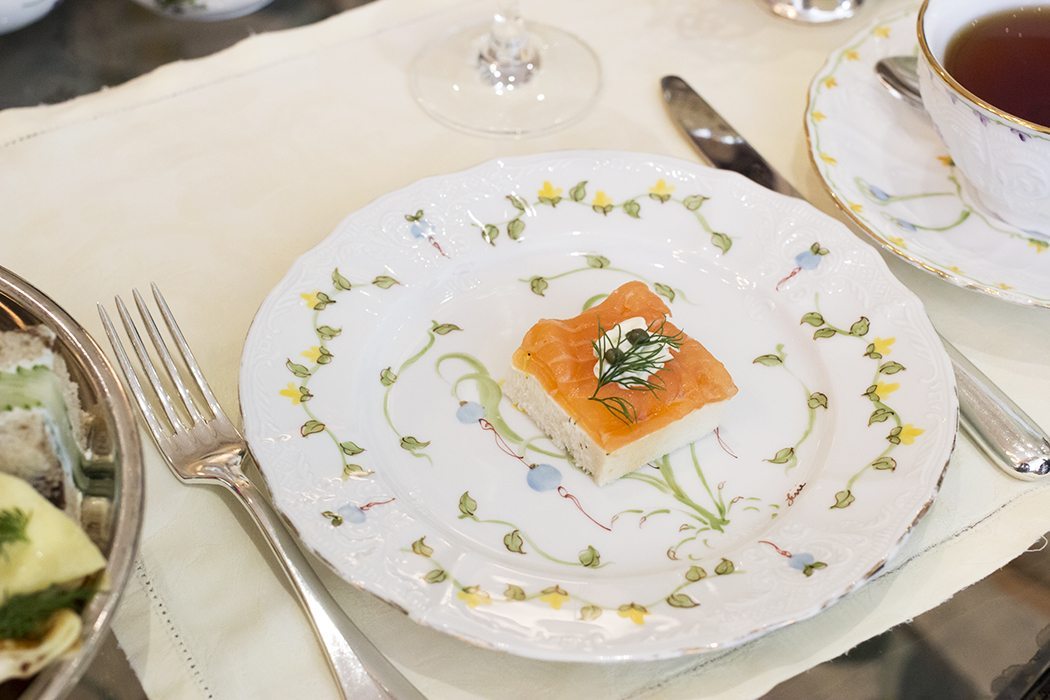
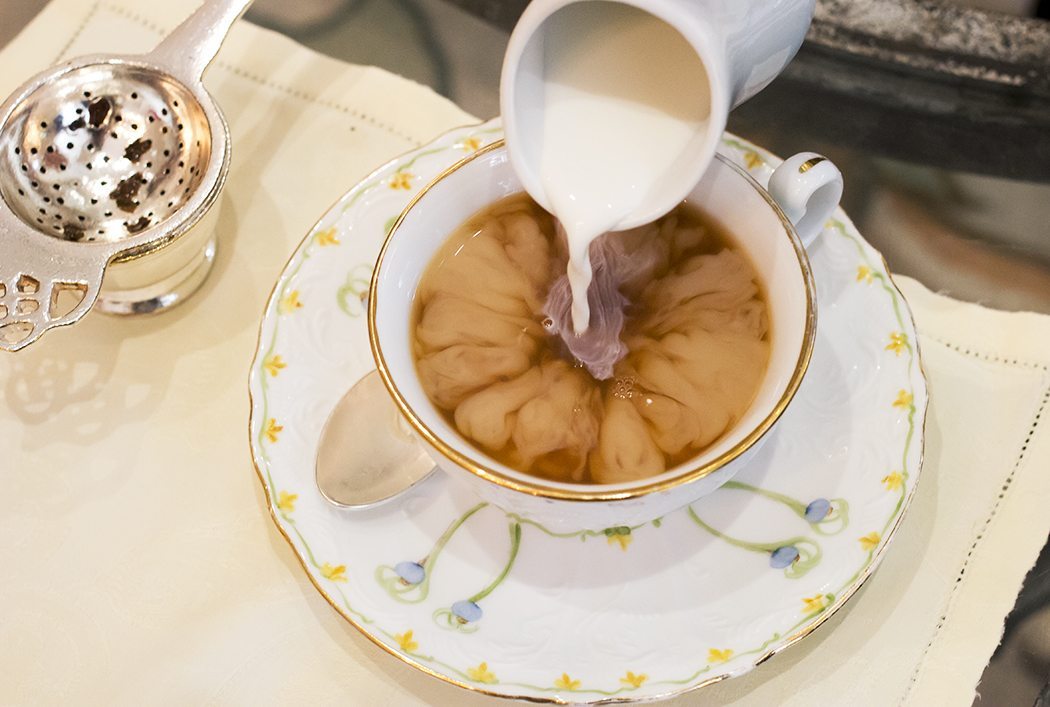
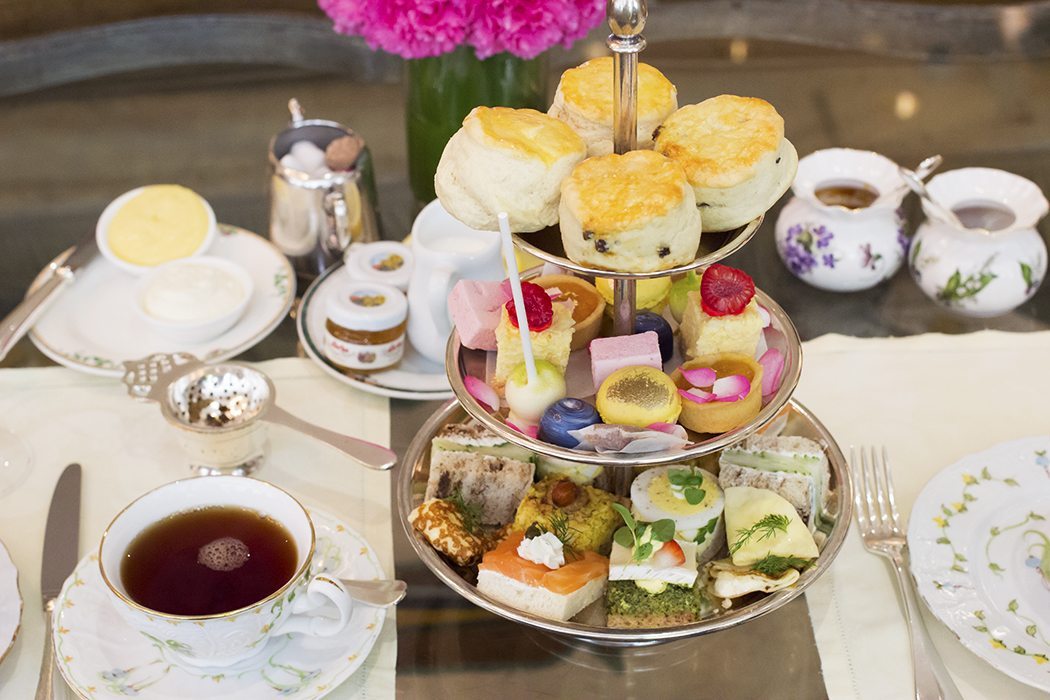



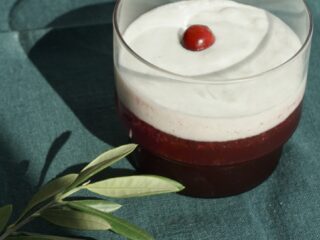




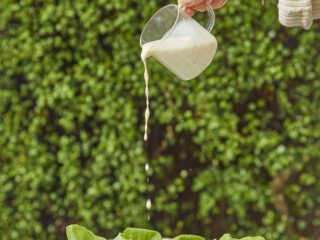
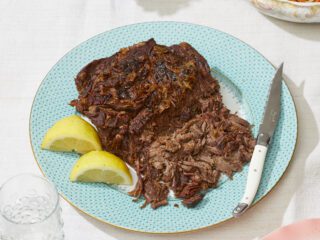
2 comments
I agree with the above comment that this article is about Afternoon Tea – High Tea is totally different!
And there is, and I’m sure will always be, a hot debate among the British about whether the milk should be added before or after the tea is poured. For me, the general rule of thumb is, if brewed in a pot, add the milk before, if brewed in a mug, add the milk after! I’m not sure why… I think it comes down to the fact that tea can become such a ritual for many people, and if it’s not done properly it just doesn’t FEEL right 🙂
And it’s best not to even start the debate about how the word “Scone” should be pronounced – I have seen some quite civilised friends get very persistent that their pronunciation is correct!
Love the article and thanks for sharing this tea wonderful tradition….
I know I’m being terribly pedantic, but the tradition you’re discussing here is “afternoon tea” (as Stephanie calls it in her responses). “High tea” is something else entirely (a non-fancy meal historically eaten by the lower classes).
I’ve had afternoon tea many times (both at home and in restaurants and hotels), and it’s always a fun tradition. When I lived in England, we would boat up the Cam river to The Orchard, a tea room with fabulous scones and clotted cream. When I serve tea at home, I like to make cranberry scones and serve them with my own extra-tart lemon curd!